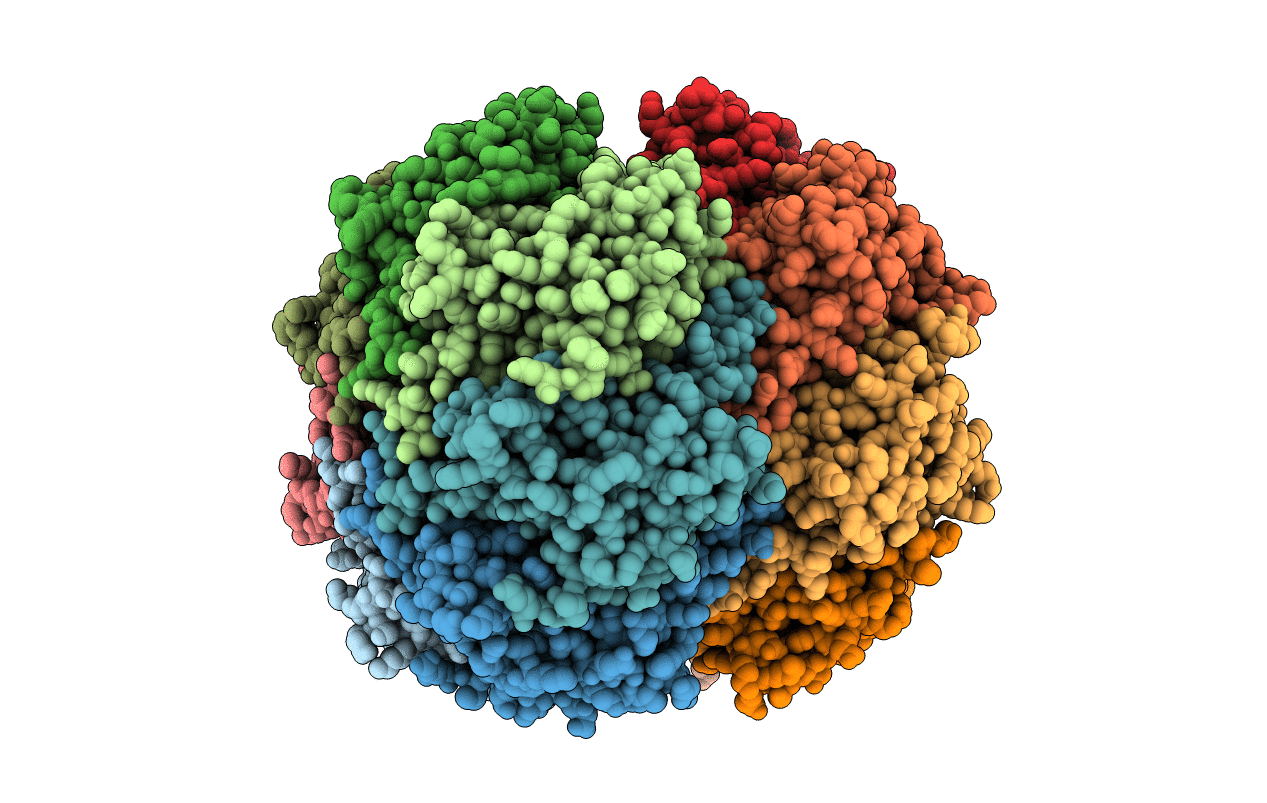
Deposition Date
2011-12-16
Release Date
2012-02-08
Last Version Date
2023-09-13
Entry Detail
PDB ID:
3V5E
Keywords:
Title:
Crystal structure of ClpP from Staphylococcus aureus in the active, extended conformation
Biological Source:
Source Organism:
Staphylococcus aureus subsp. aureus (Taxon ID: 93061)
Host Organism:
Method Details:
Experimental Method:
Resolution:
2.30 Å
R-Value Free:
0.23
R-Value Work:
0.20
R-Value Observed:
0.20
Space Group:
P 1 21 1


